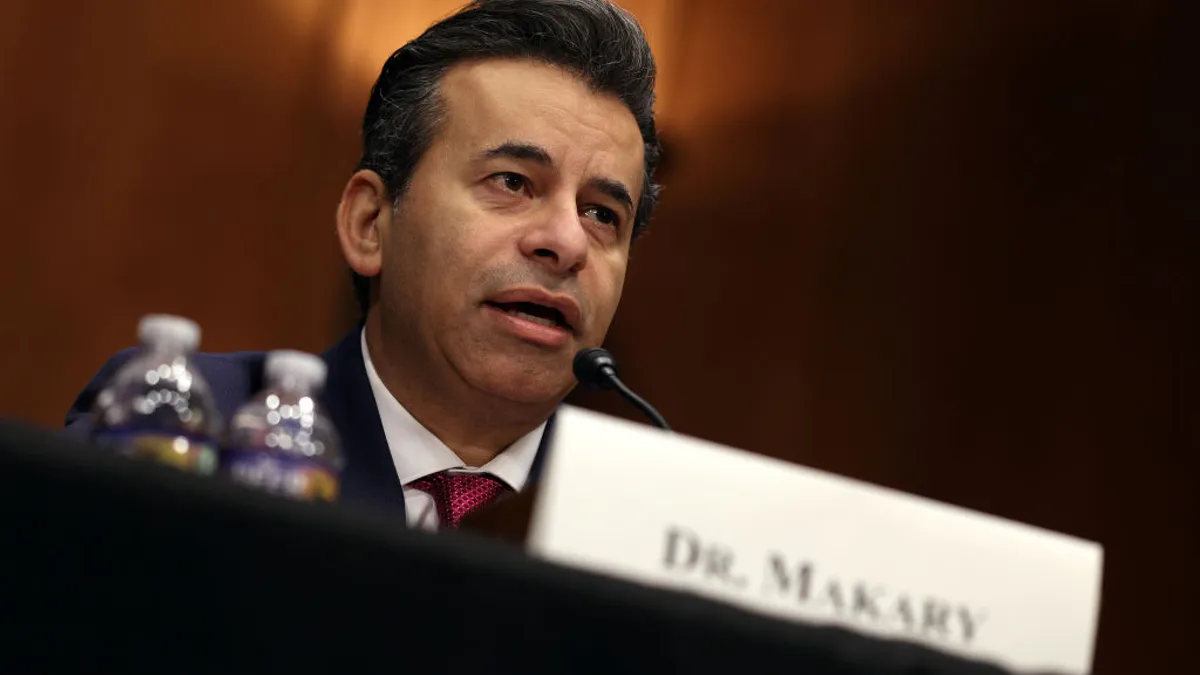For medtechs facing the EU's original MDR May 2020 go-live date, a one-year delay announced in April to account for COVID-19’s burdens was mostly a blessing, but it didn't eliminate challenges of the regulation's complex implementation.
More proactive manufacturers in the lead-up to that deadline may have lost some competitive advantage to those that already lagged behind schedule.
But even with the last-minute delay, companies may be using the additional 12 months as some wiggle room to procrastinate. Faced with the impacts of COVID-19 and the subsequent European Commission decision to delay, some device companies “shifted into low gear for their MDR activities," said Paula Gray, an associate director in the life sciences practice at consulting firm Guidehouse.
Likewise, some companies used the newfound opportunity to get devices onto the market under the outgoing Medical Devices Directive. "I was actually very surprised at the number of people who were opting to get recertified under the MDD in order to buy themselves some additional time to transition over to the MDR," Gray said.
Now that many medtechs' initial coronavirus efforts have progressed — getting a diagnostic test on the market, for example — Gray said more companies are re-engaging with their MDR projects. Those activities may include talking strategy, refining internal systems and processes, or just gaining a clearer understanding of certain postmarket surveillance requirements, unique device identification, clinical investigation and evaluation and what qualifies as a significant change.
Rather than scrambling to set up temporary infrastructure, "they now actually have the time to really sit down and think through the mechanics of the way the process should work the first time."
Notified bodies, regulators, medtechs large and small feel pinch
Forward movement on some projects remains contingent upon the availability of notified bodies, which have seen an onslaught of work to get coronavirus-related products onto the market quickly. "They're really just as busy and just as confounded by how they manage all of this as the industry is," Gray said.
But on the flip side, Gray has also observed newfound willingness from notified bodies to be collaborative with medtech companies.
And although the 16 notified bodies currently allowed to perform MDR-related work is less than one-third of the amount designated under the outgoing Medical Devices Directive, that doesn’t necessarily equate to overall capacity due to significant hiring efforts, noted Richard Houlihan, who now runs a Eudamed-specific consultancy after helping design and plan the Eudamed program as an IT technical management consultant at the European Commission.
"I've heard anecdotal evidence from other notified bodies that their reps are ramping up," Houlihan said. But in the same way manufacturers' progress can rely on what notified bodies can offer, notified bodies' work relies on how much information and guidance is made available by the regulators themselves, the European Commission. And notified bodies are getting the same "drip feed."
One part of the MDR still lacking details is the entirely new medical device information database Eudamed.
Although companies won't have to fully meet Eudamed's requirements until 2022, the actor registration module is set to go live this December. By May 31 next year, the device module and the certificates module should also be released, Houlihan said, perhaps followed by the vigilance module. But the clinical investigations module, for instance, likely won't be available until 2022, Houlihan said.
In Houlihan's experience, while announcement of the delay may have slowed companies' urgency on Eudamed prep slightly, COVID-19 did not appear to. "We were still getting the same level of questions," he said.
"I think [the European Commission] could actually issue more information," Houlihan said. "But again, they have to be extra careful. They do not want to release anything that they might have to change which would have an impact. So they become overly cautious."
Scaling up company infrastructure to support Eudamed is just one of the many resource-intensive activities associated with MDR.
"The big corporations — your Medtronics, your BDs of the world — they have infrastructure, they have resources they have huge teams to call on. Which, again, they have them because they need them, so they're obviously going to be busy," Houlihan said. "But for some of the smaller companies, I do think they actually have additional pressures."
And the need for a ramp up in EU MDR-related spending for many device makers comes during a year when COVID-19 caused a significant hit to projected 2020 revenues due to sharp declines in surgery volumes.
"The biggest challenge is resources," said Jessica Richter, chief operating officer at medical device consultancy Experien Group.
Because of the recurring requirements associated with MDR — ongoing postmarket evaluation, for instance — companies are spending time on inventory, product and market assignments to judge which devices are worth the work and which product lines are worth streamlining.
With companies sinking resources into introducing or keeping products on the EU market, naturally, "it takes away from something else — whether that’s acquisitions, whether that’s R&D … there’s not endless money," Richter said. "I think we're going to see the aftermath of this not just now, but in the next three to six months."



















